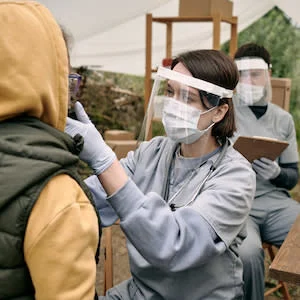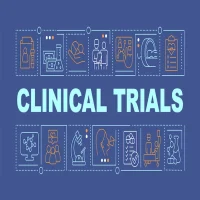Conflict zones often involve gunfights, bomb blasts, and mass casualty incidents. However, patients in conflict zones may also present with everyday medical problems unrelated to trauma. Despite the challenges of working in a conflict zone, healthcare professionals strive to provide care for all patients, including those with chronic medical conditions.
In 2021, MSF, a medical humanitarian organisation, provided medical care to 7,397 patients in 11 intensive care units in seven conflict-affected countries. The ICUs were staffed by local generalists who received on-the-job training from international staff, as specialists in critical care were not commonly available in these countries.
Critically ill obstetrics accounted for the highest proportion of ICU admissions. This is mainly because during a war or conflict, access to care for pregnant women becomes difficult and dangerous, and health services typically collapse. Antepartum haemorrhage was the most common maternal complication due to unregulated oxytocin use. Eclampsia is also common, and decisions to perform caesarean sections may not always be feasible.
The second largest proportion of ICU admissions in conflict zones is paediatric medical cases, particularly severe malaria and acute malnutrition. Nutritional crises are often worsened in these areas. It is important to maintain paediatric competencies in general ICUs in humanitarian settings.
The third highest proportion of ICU admissions in conflict zones is due to trauma, mainly caused by violent incidents such as gunshots and bomb/mine explosions. However, in a situation of conflict, the intensivist's role in trauma care goes beyond resuscitation and injury management.
In conflict zones, high-velocity projectile injuries are common and can lead to tissue necrosis, sepsis, and septic shock. Initial wide debridement is preferred, but repeat surgical debridements are often necessary to obtain source control for sepsis. Intensivists in humanitarian settings need to be experts in sepsis and judicious antibiotic stewards, choosing between narrow-spectrum surgical antibiotic prophylaxis and broad-spectrum empiric antibiotics for septic shock.
In these types of situations, essential emergency and critical care can be implemented despite resource limitations. Timely and low-cost, high-yield interventions such as teaching basic ICU principles, best practice care bundles, checklists, and multi-disciplinary simulation can improve processes and decrease mortality rates.
Overall, this article highlights the challenges and unique aspects of critical care in conflict zones. Access to critical care in these areas must improve to cater to critically ill or injured individuals, irrespective of resource limitations and insecurity.
Source: Intensive Care Medicine
Image Credit: iStock










